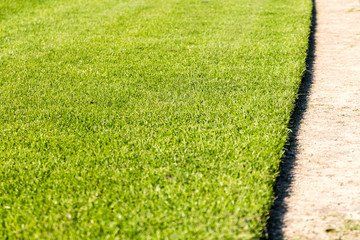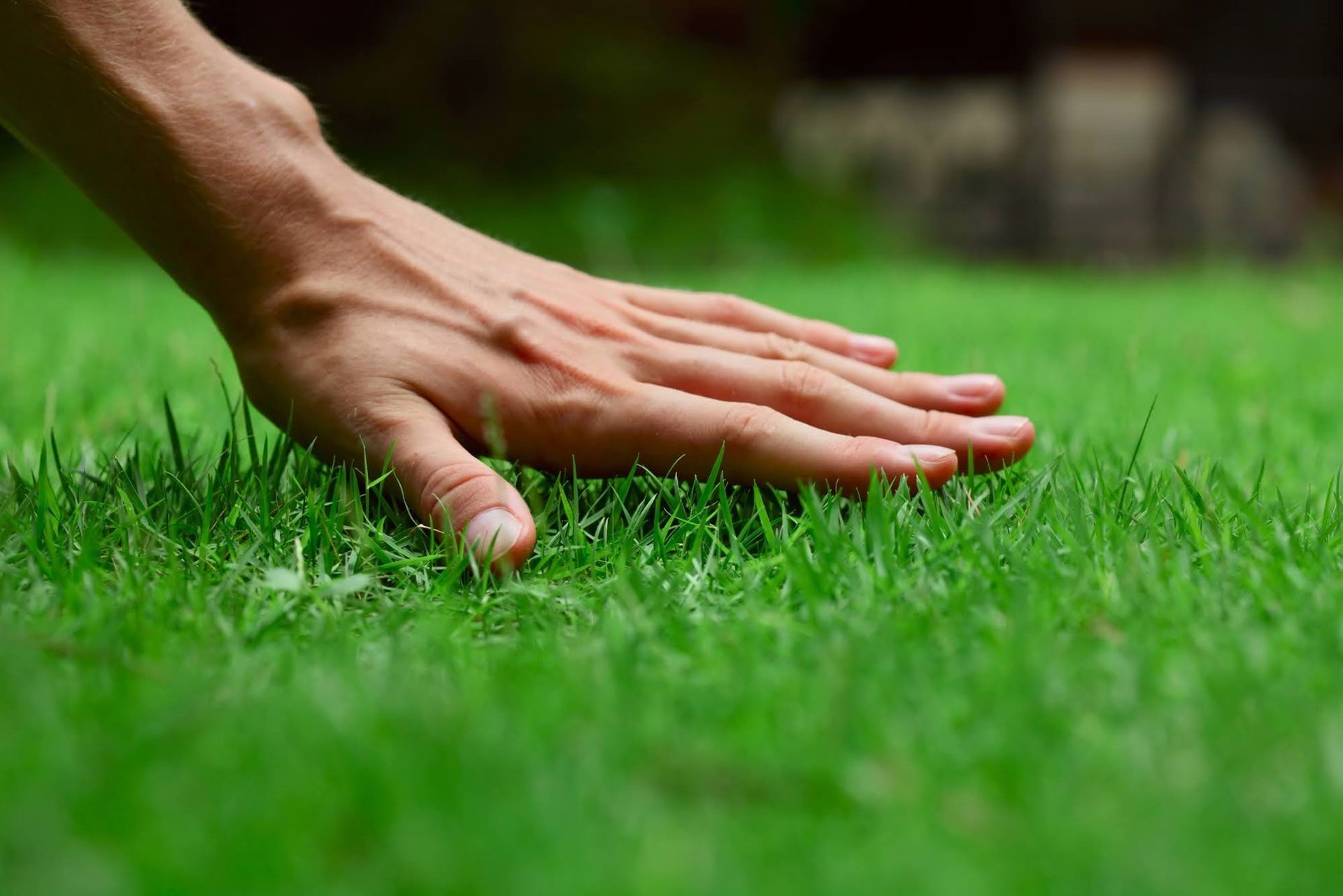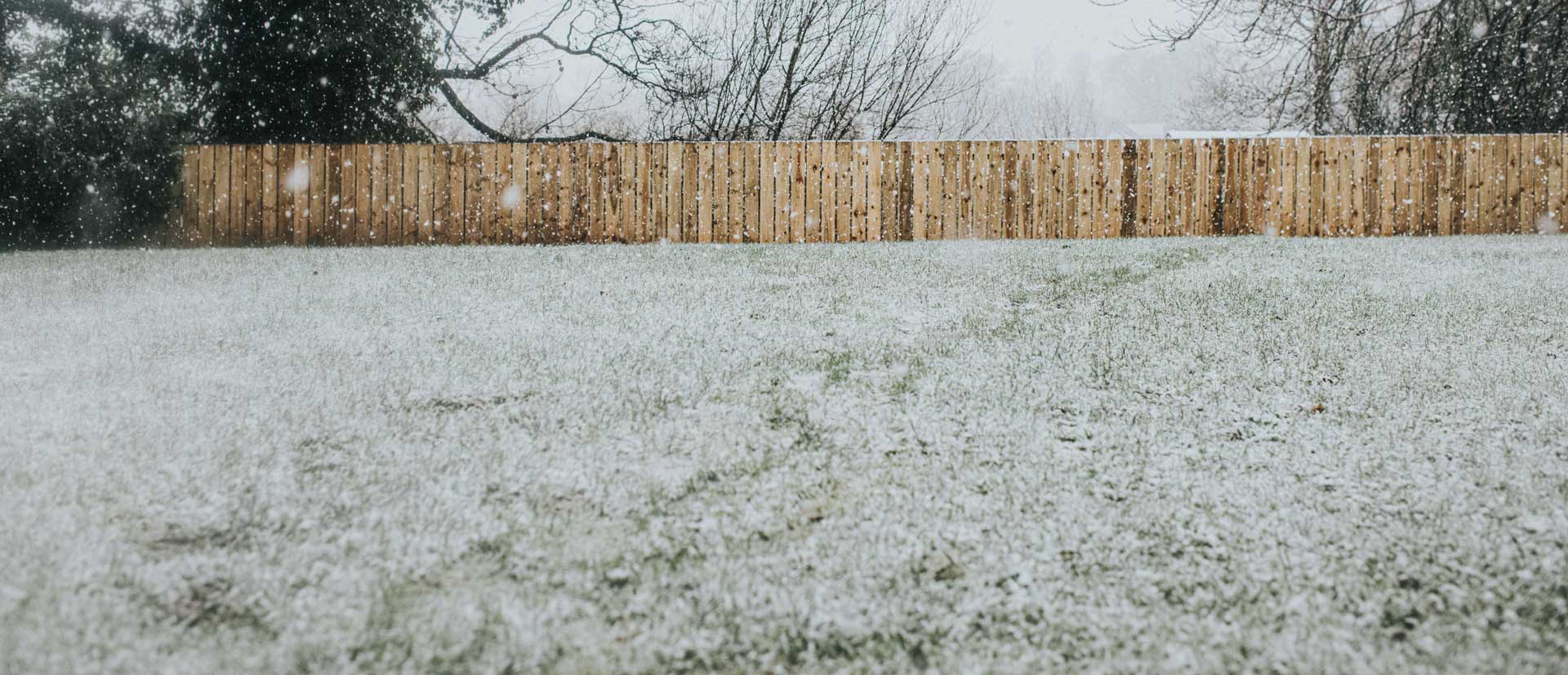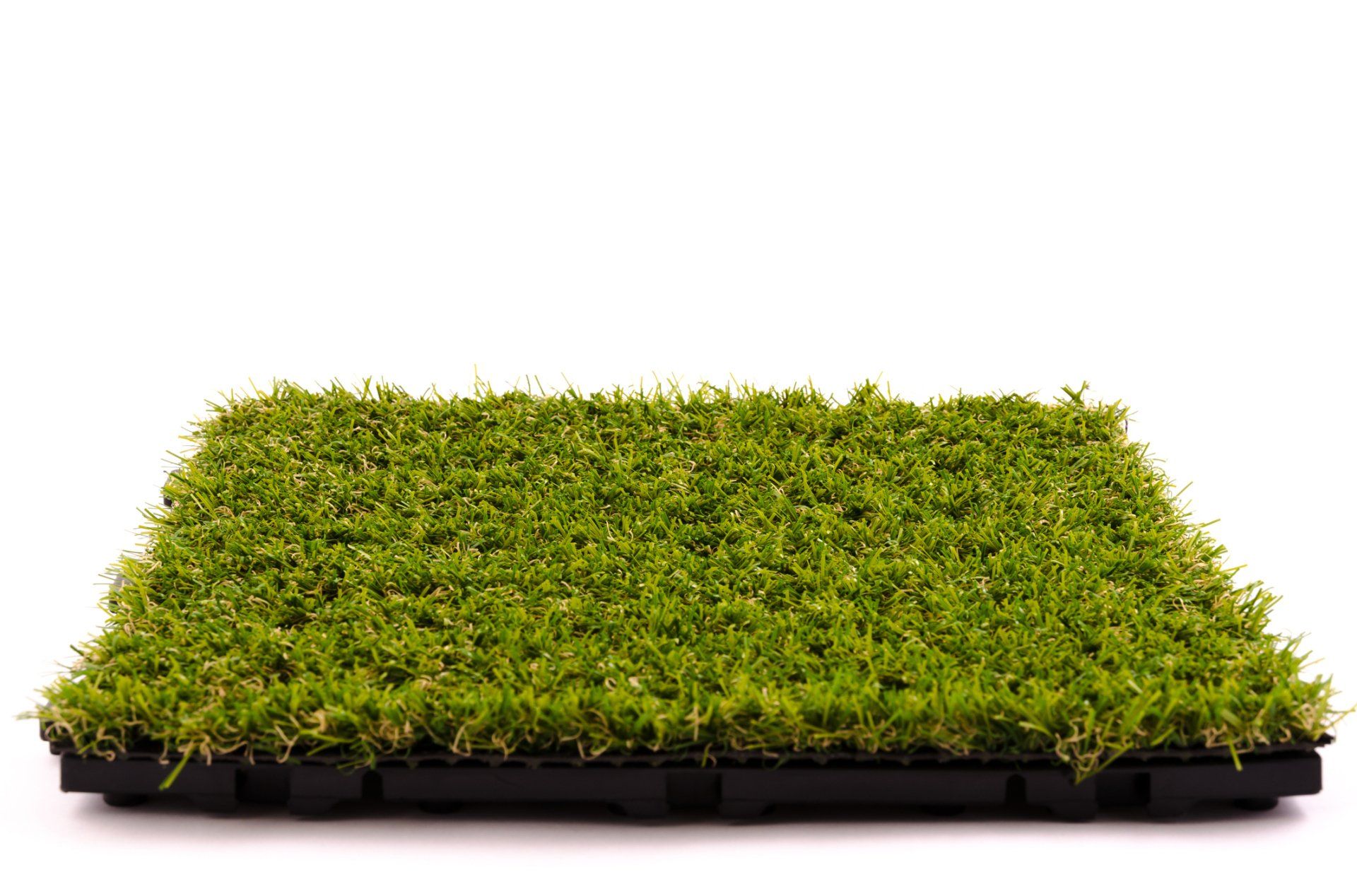How to Keep New Sod From Turning Yellow
- By Admin
- •
- 19 Sep, 2018
- •

Sod is one of the fastest ways to turn a brown patch of bare dirt into a lush green lawn. Yet that expanse of green can become spotted or lined with yellow quickly if the new sod doesn't get proper care both during installation and afterward.
Yellowing sod may or may not be salvageable, but you should still learn what caused your problem so you can avoid it with your next installation. Watch out for these five common causes of yellowing sod, some of which can start changing the color of the grass before it's even installed.
Give the Sod Enough Water
Failing to water the sod quickly enough after installation, or allowing it to dry out too much while it's stacked and waiting for installation, is the most common cause of yellowing. Whenever possible, stop and water the freshly laid sod after every few pieces so they don't dry out in the sun.
Follow the watering routine recommended by the sod provider. Water at least once a daily, but preferably twice each day, until the ground is soft enough to easily penetrate with a tool like a screwdriver. Skipping a day soon after installation can result in yellowing within hours, while yellow lines that trace the seams of the sod are a sign that the edges of the slabs dried out too much while waiting for installation.
Decrease Watering Levels
While brand new sod needs at least an inch of water applied once or twice a day, that much water is harmful to a sod lawn that is a week or two old. You need to slowly and carefully taper down the amount of water you apply as roots grow in so that you don't water log the delicate new growth. Start tapering off at the beginning of the second week, and cut down to watering a single time a day one day, then skip a day the next.
Over the course of the second week, extend the time between watering to three days, then a full week. With a weekly watering schedule for the first few months of growth, the sod should have plenty of moisture to grow steadily without becoming waterlogged. If you water too much, the grass will turn yellow in patches or over the entire sod as the roots die off.
Avoid Unnecessary Fertilization
You might be tempted to give your brand new sod a little feeding by spreading some fertilizer on within the first weeks of growth. However, the sod is fed an extra dose of fertilizer shortly before it's harvested for you. That fertilizer is designed to carry it through the establishment period so there is good root growth without excessive vegetative growth.
Fertilizing too early can cause sod to turn dramatically yellow, then quickly die back and turn brown. Even slow release fertilizers are often too strong for brand new sod and burn the roots or vegetation. The sod can't properly absorb or utilize fertilize right after installation, so wait at least a month or two before feeding a new sod lawn.
Choose the Right Delivery Day
Timing the delivery of your new sod is the best way to prevent it from turning yellow after installation. Stress from direct sun exposure, hot temperatures, and windy conditions lead many pieces of sod to at least temporarily turn yellow before they recover. Choosing a cooler, calmer, cloudier day for your delivery is one of the easiest ways to keep the sod in top shape until it's on the ground.
Roll the Newly Laid Sod
Finally, any pockets of air trapped between the sod and the dirt will prevent roots from growing in properly or receiving the moisture they'll need. These pockets will cause yellow patches to form that eventually die off, so prepare the site thoroughly and roll the sod to make sure every inch is making good contact with the ground.
Looking for sod that can handle the tough conditions posed by Georgia's summer heat? Place your order with us here at Wright Turf.
If you manage or intend to build a playing field, you'll want visually appealing and long lasting sod that requires minimal maintenance. Read for more.
A variety of pests can wreak havoc on your lawn, turning it from a source of pride to a patchwork of problems. Read this blog to find out more about them.
Landscapers can help get your soil ready for sod planting. Discover five solutions they might recommend and implement to get soil ready for sod.
Some individuals are hesitant to try sod due to the various myths surrounding the installation. Read this blog on myths to determine if sod is for you.
If you have a pet dog, you need to take special care of your sod. Learn to balance your pet's needs with the needs of your lawn today.
A brown spot interrupt the beautiful, green lawn you work so hard to cultivate. Learn a few common causes and remedies for these dead spot downers.
If your grass takes forever to grow even after you follow all the instructions, two common problems may be the cause. Learn how to fix these issues.










